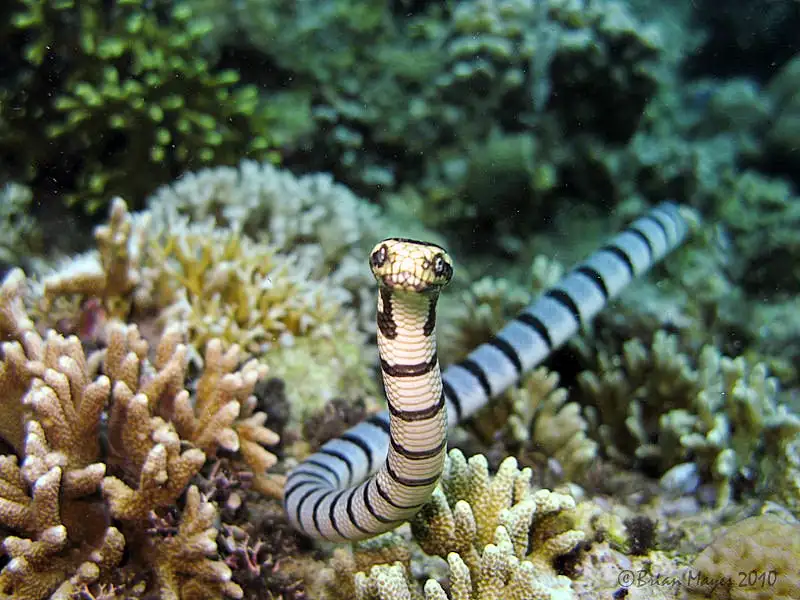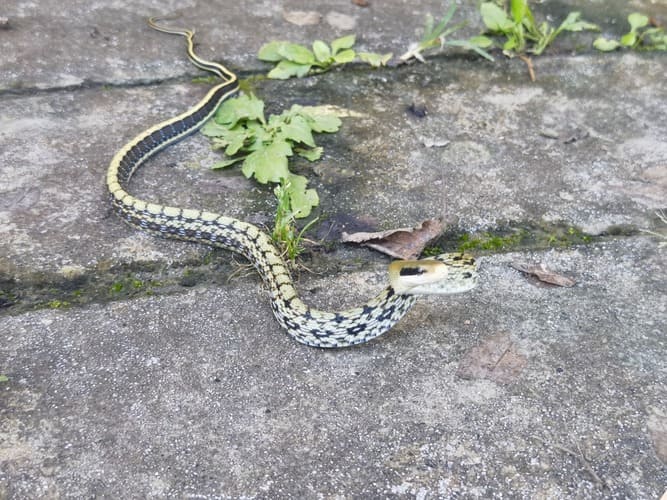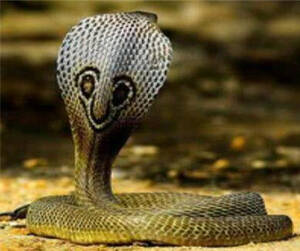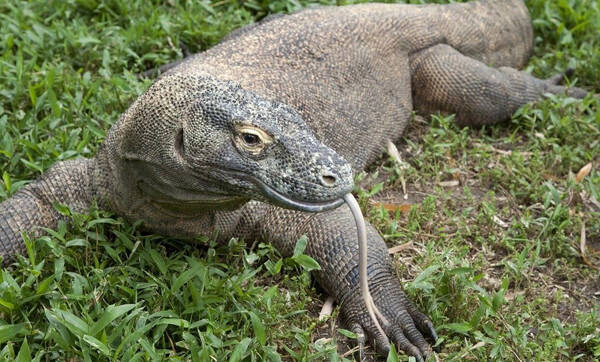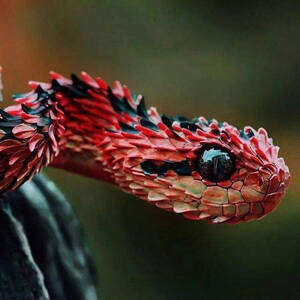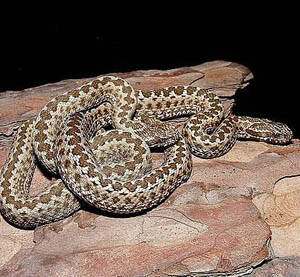Tri-rope beauty snake
IUCN
LCBasic Information
Scientific classification
- name:Tri-rope beauty snake
- Scientific Name:Tri-rope beauty snake,White flower snake, white flower snake, three-line snake, Guang snake (ni Guang), three-line snake, three-line snake
- Outline:Squamata
- Family:Colubridae Elaphe
Vital signs
- length:159cm
- Weight:No verification information
- lifetime:5-15years
Feature
It has a violent temperament and its front body maintains an "S" shape when in an attacking state.
Distribution and Habitat
It is mainly produced in Guangdong and Guangxi in China, and also distributed in Yunnan, Guizhou and Fujian. It is distributed in Southeast Asia and India abroad.
It lives in mountains, plains and hilly areas below 700m above sea level. It is often seen on earth slopes, field foundations and roadsides, and sometimes breaks into residential areas.
Appearance
Morphological description: Large body, total length 1590 (1320 + 270) mm. 1 cheek scale; 1 preorbital scale; 2 postorbital scales; (2 + 2) temporal scales. 9 upper lip scales, 4-2-3 pattern; 10 lower lip scales, the first four to the first six are connected to the front chin. Dorsal scales have ridges in the middle, 19-19-17 rows; 231 ventral scales: anal scales are complete; subcaudal scales are in two rows, 93 pairs.
When alive, the back is brownish yellow; there are 3 radial black stripes on the side of the head behind the eyes; there is a black horizontal stripe behind the occipital; there are 4 intermittent black vertical stripes on the front part of the body, the one near the center of the back is thicker, and the vertical stripes gradually become blurred until they are unclear in the back part of the body. The ventral surface is light gray. Males are 104-138 + 29-32 cm, and females are 116-137.5 + 28-31.7 cm. The back is light brown, yellow-brown or gray-brown, and it is name
Details
Tri-rope beauty snake is a non-venomous snake of the genus Elaphe in the family Colubridae.
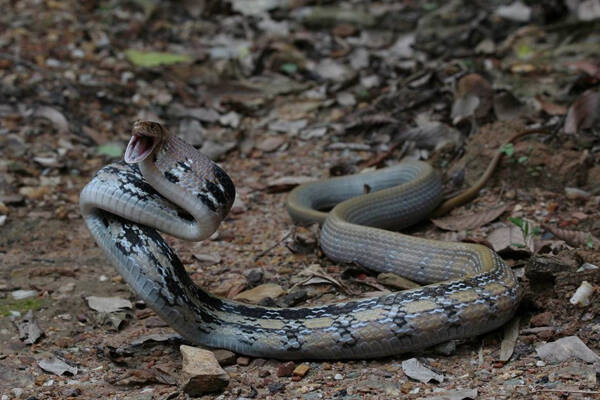
The hibernation period of the Elaphe striata is from November to March of the following year. It mainly hibernates in rat holes in fields or cemeteries to the south, either alone or in groups, and sometimes with other types of snakes. When waking up from hibernation, it often lies on the ground waiting for sunlight. It is agile and fierce, and will attack people when it sees them. Commonly found in fields, hillsides, bushes, stone piles, roadsides, and ponds. Active day and night. When frightened, it can stand up the front of its body like a cobra and make a hissing sound.
The three-lined snake reproduces by laying eggs. It is active from April to October, and lays eggs under the fallen leaves of bushes from May to June. There are 6 to 12 eggs, which are cylindrical, slightly pointed at both ends, and the egg shells are leathery and milky white, and are glued together into a ball. The female snake lies on it to protect it.
Because the muscles of the Elaphe trifasciatus contain proteins, peptides, amino acids, fats and other ingredients, it is often hunted as food and is now listed as an endangered species.
Listed in the "List of Terrestrial Wildlife with Important Economic and Scientific Research Value under State Protection" issued by the State Forestry Administration of China on August 1, 2000.
Listed in the second level of the "List of National Key Protected Wildlife in China".
Protect wildlife and eliminate game.
Maintaining ecological balance is everyone's responsibility!

